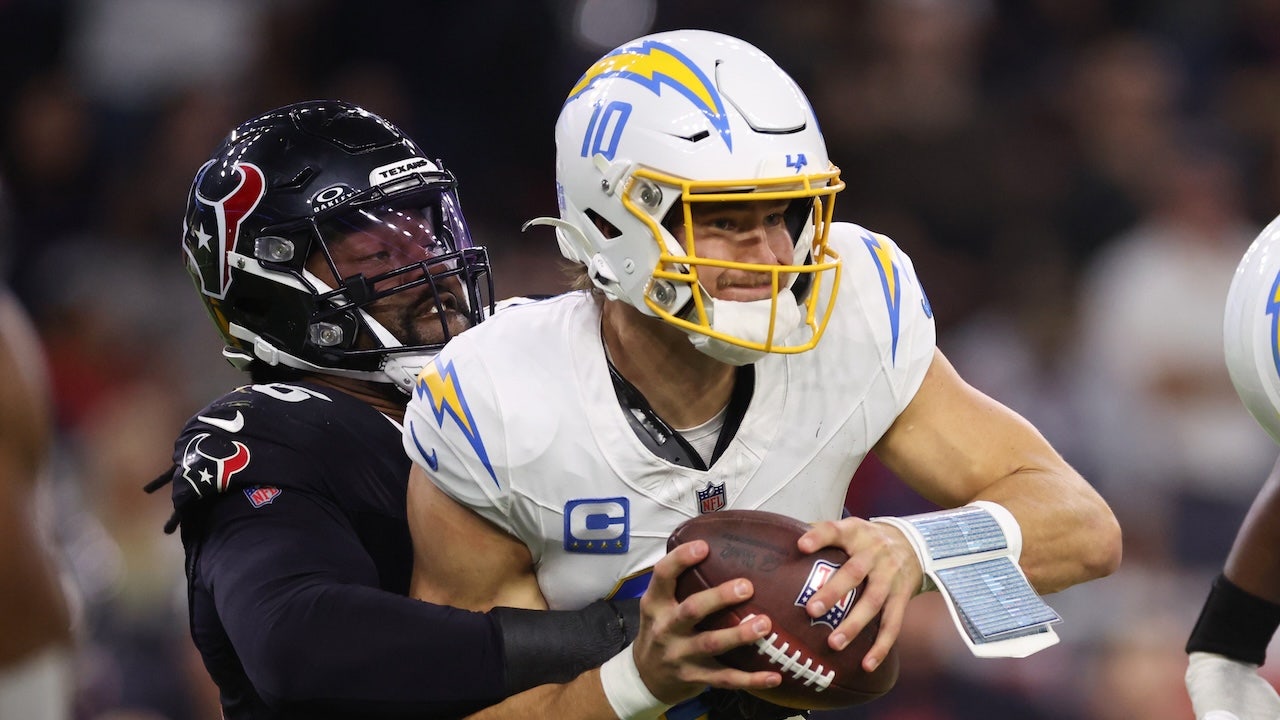Good morning, Chicago.
The sprawling case that brought down one of Chicago’s most notoriously violent gang factions started small.
Chicago police organized crime investigators in the fall of 2016 were looking at narcotics trafficking on the city’s West Side, conducting relatively low-level buy-busts. They got up on wires and were building a case, but there were no high-ranking gang members being targeted, just an increasingly complicated puzzle waiting to be put together.
What grew out of those early strands became the Wicked Town racketeering case, one of the biggest gang prosecutions in years at the Dirksen U.S. Courthouse. In the end, the probe would consume thousands of hours of work from a number of different federal and local agencies, including the Chicago police, Illinois State Police, U.S. Drug Enforcement Administration, IRS and U.S. attorney’s office.
At the center of it all were agents with the U.S. Bureau of Alcohol, Tobacco, Firearms and Explosives, who helped stitch together evidence including ballistics and firearm tracing, wiretaps, physical and electronic surveillance, jail calls, and social media posts to paint the big picture of the violence and terror that Wicked Town, a faction of the Traveling Vice Lords, brought to the Austin community.
Their efforts over the past five years culminated earlier this month when a federal jury found Donald Lee, the reputed leader of Wicked Town, and one of his top “shooters,” Torance Benson, guilty of a RICO (Racketeer Influenced and Corrupt Organizations) conspiracy involving a string of murders, shootings, robberies, beatings and other violence going back two decades.
Read the full story from the Tribune’s Jason Meisner.
Here are the top stories you need to know to start your day.
COVID-19 tracker | Monkeypox tracker | Afternoon briefing | Compare gas prices | Puzzles & Games | Daily horoscope | Ask Amy | Today’s eNewspaper edition
When motorists travel along Robert Parker Coffin Road in north suburban Long Grove, they become subjects in a fascinating psychological test. Before them sits a charming covered bridge that would fit right into a Robert James Waller novel. The only difference is the large yellow sign affixed to the wood that reads “8-foot-6,” a height significantly shorter than the average school bus or box truck.
Do the drivers of such vehicles heed the numerous warning signs before arriving at the bridge? Do they take a last chance to turn onto a side road? Or do they size up the opening and take their chances?
:quality(70)/cloudfront-us-east-1.images.arcpublishing.com/tronc/PV5L4YIIM5CBRB3Z5X77S76T3A.jpg)
As Chicago’s City Council stands on the precipice of a major turnover next year, progressive candidates and their organized supporters are looking to make significant inroads and alter the council power dynamic.
Afternoon Briefing
Daily
Chicago Tribune editors’ top story picks, delivered to your inbox each afternoon.
Chicago’s municipal elections are a little more than three months away and at least 11 current aldermen won’t be part of the group being sworn in next May. Most are retiring. Others are running against Mayor Lori Lightfoot or were elected to another public office. One is stepping down while under federal indictment.
:quality(70)/cloudfront-us-east-1.images.arcpublishing.com/tronc/5VZQUG2AJBATTLLD4CM3CKQNTU.jpg)
A’Janay Lurry considered the wind pattern and airport traffic flow before she made her descent onto the runway. Only this runway was a dotted line of blue masking tape in a classroom at Chicago’s Corliss High School, and the conditions of the air were instructions from her teacher.
Lurry is among participants in Corliss’ new aviation program known as “pilot school.” It gives students the chance to train for the Federal Aviation Administration’s unmanned drone pilot certification exam, a license that permits flying drones for hire or any nonrecreational purpose.
:quality(70)/cloudfront-us-east-1.images.arcpublishing.com/tronc/WVT5GQ3RNBBKJMSJN6MAZWQBBI.jpg)
10 thoughts after the Chicago Bears hung in there with the New York Jets through a rain-soaked first half Sunday at MetLife Stadium, then got blown out as injuries and miscues piled up in a 31-10 defeat.
It was the Bears’ fifth consecutive loss and eighth in nine games.
:quality(70)/cloudfront-us-east-1.images.arcpublishing.com/tronc/AAPQAKQZQJAHNC6VI6W6YRCO2Q.jpg)
The Tribune’s Nick Kindelsperger writes that like nearly everything at Nisos Mediterranean in the West Loop, the moussaka is gorgeous, expensive and perplexing.
Chef Avgeria Stapaki takes the homey layered dish of eggplant, stewed ground meat and potatoes, and transforms it into a visually stunning showstopper. Instead of a square, she wraps the beef mixture into a cylinder, with thin slices of roasted eggplant, and serves a handful of crispy potato straws on the side. When the server brings it out, a fog of dry ice wafts from the edges of the dish. The dish is also $28.










:quality(70)/cloudfront-us-east-1.images.arcpublishing.com/tronc/BUBOS7ICUVFOJHY5XLBIM3ZQJ4.png)






Discussion about this post